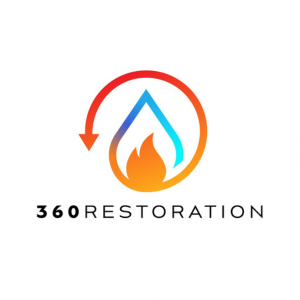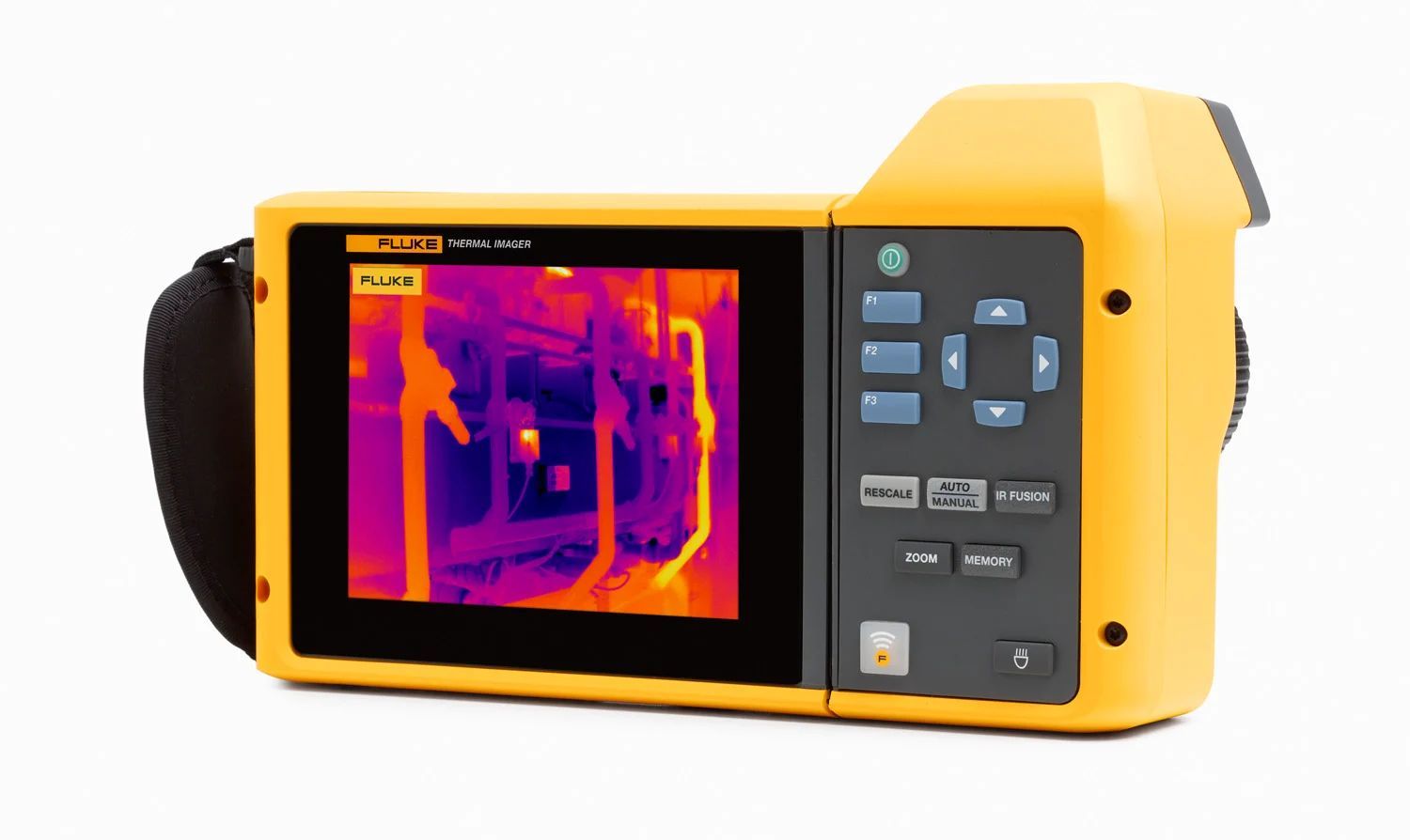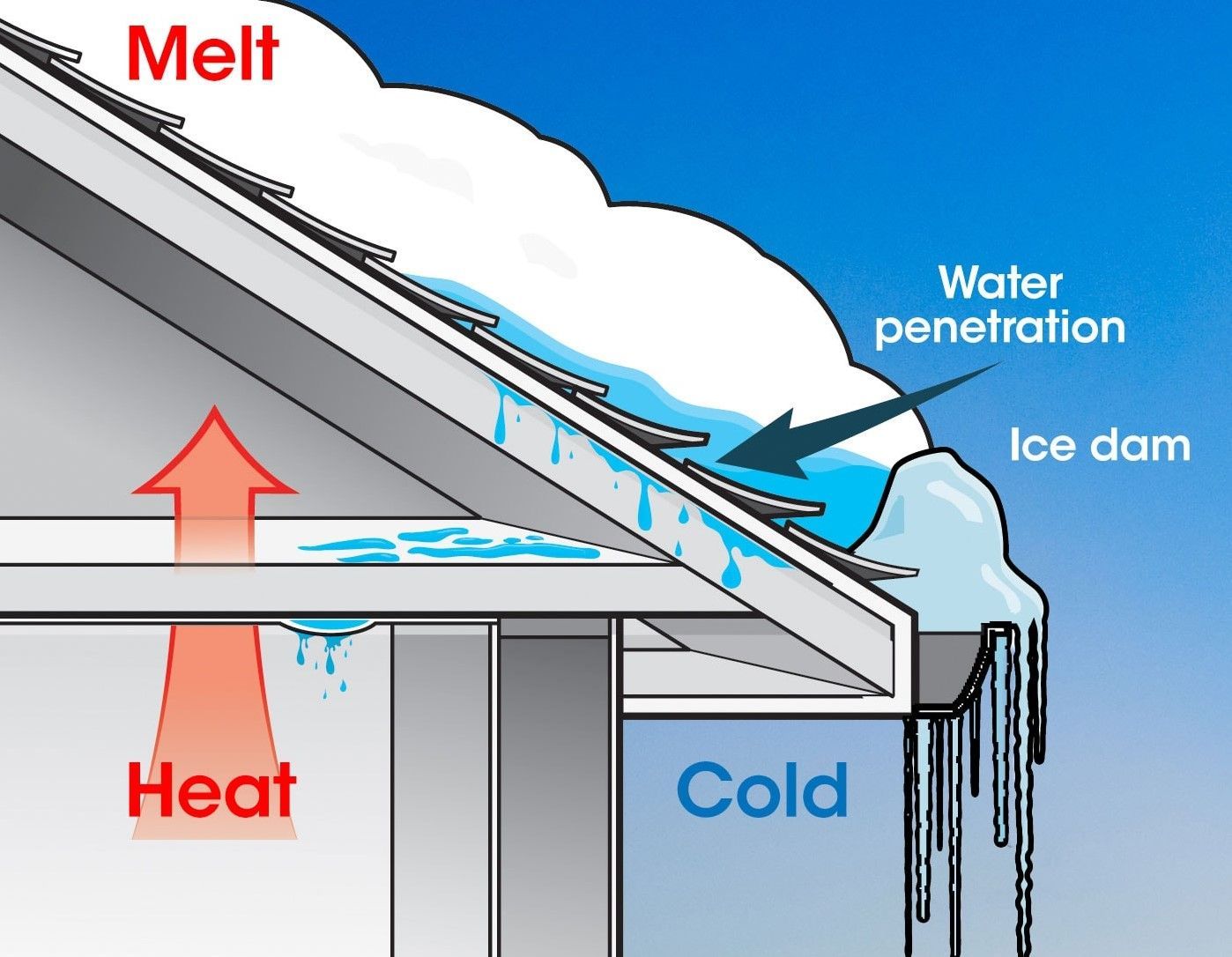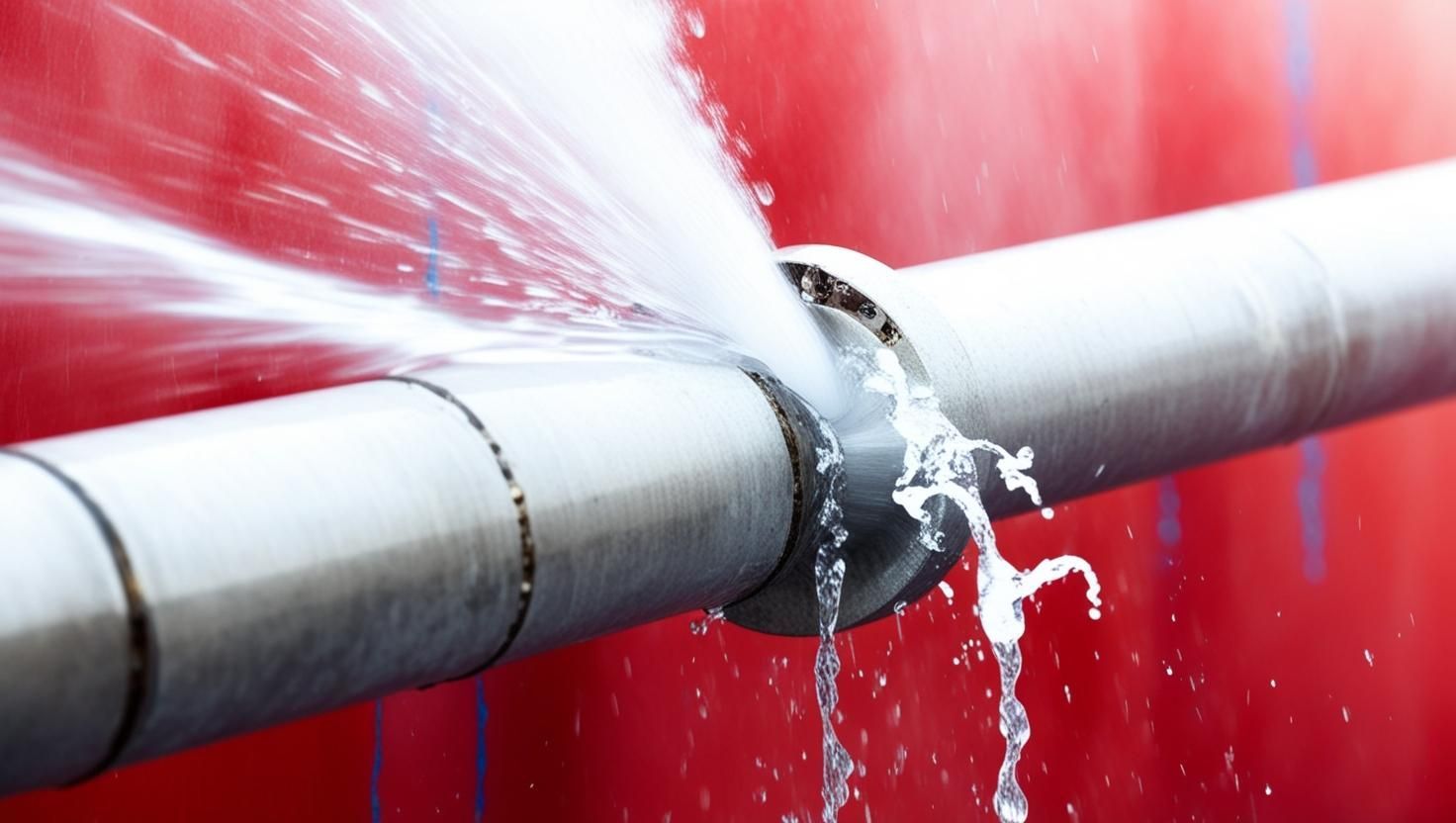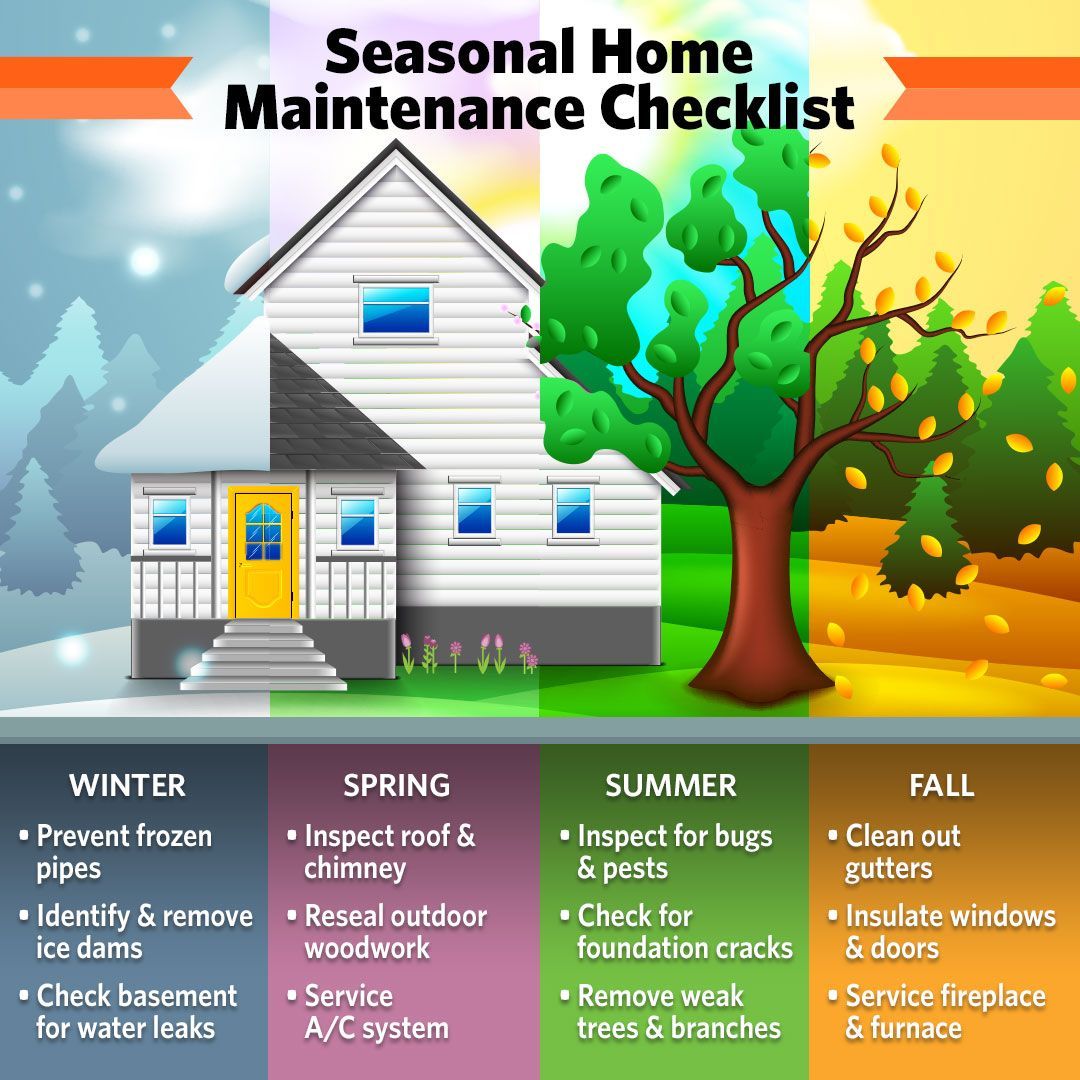Everything Water, Fire, Mold, Storm Damage Blog
Essential Steps for Fire Damage Clean Up

Assessing the Damage: Your First Step in Fire Damage Clean Up
You've just faced a fire disaster, and now you're wondering where to start. The first crucial step in your fire damage clean-up journey is assessing the extent of the damage. Take a deep breath, and let's dive into this essential process, step by step.
The Initial Shock (And Why It's Normal)
You walk into your home after a fire, and the scene might look like something out of a movie – charred walls, soot-covered furniture, and a lingering smell of burnt memories. It's okay to feel overwhelmed; this is a lot to take in. But remember, you've got this! Assessing the damage is your first step towards getting your home back.
Begin with Safety First
Before you start inspecting the damage, safety should be your top priority. Make sure the fire is completely out, and the area is safe to enter. If you have any doubts about safety, it's best to wait for the professionals. Your well-being comes first!
The Visual Inspection
Now, let's put on our detective hats (or safety helmets, rather) and begin the visual inspection. Take a walk through your home and observe the visible damage. Look for:
- Burnt Areas: Check for charred walls, ceilings, and floors. Note down which areas are affected.
- Soot and Smoke Residue: Soot can cover everything in its path, from walls to appliances. Make a list of items covered in soot.
- Water Damage: If water was used to extinguish the fire, assess the water damage caused during firefighting efforts.
Documenting the Damage
Grab your smartphone or a camera and start documenting the damage. Take clear photos and videos of every affected area and item. These visuals will be invaluable when dealing with insurance claims and restoration professionals. Remember, a picture is worth a thousand words, especially when it comes to fire damage clean up.
The Contents Inventory
Your home isn't just made up of walls and floors; it's filled with your belongings and memories. Create an inventory of damaged items, including details like their value and purchase date. This will be incredibly helpful when discussing insurance claims.
Professionals Are Your Friends
Assessing the damage is crucial, but it doesn't mean you have to go it alone. In fact, it's often best to call in the experts at this stage. Fire damage restoration professionals have the experience and knowledge to identify hidden damage, such as structural issues or hidden pockets of soot.
Don't Forget the Attic and Basement
When assessing damage, don't overlook your home's extremities – the attic and basement. These areas are often susceptible to fire damage, and it's essential to check them thoroughly. Look for signs of heat, smoke, or water damage.
The Electrical Inspection
Electrical systems can be compromised during a fire. Be sure to turn off the power supply to your home and have an electrician inspect the wiring and electrical appliances. Safety should always be your top priority.
The 'I Didn't Know That Was Possible' Moments
As you assess the damage, you might stumble upon some surprising discoveries. Fire can do strange things, like warping metal or shattering glass. These unexpected findings can be disheartening, but remember, it's all part of the process.
Conclusion: Assessing the Damage, One Step at a Time
In the aftermath of a fire, assessing the damage can feel like an overwhelming task. However, by following these steps – ensuring safety, conducting a visual inspection, documenting the damage, and seeking professional help – you're taking the right steps toward fire damage clean up and the restoration of your beloved home. Stay strong, and remember that brighter days are ahead!
Safety First: What to Wear During Fire Damage Clean Up
Okay, so you've decided to tackle the aftermath of a fire in your home – kudos for your bravery! But before you dive into the soot and ashes, let's talk about what you should wear. Trust me; your old gardening attire won't cut it in this scenario.
The Superhero Suit: Protective Gear
When it comes to fire damage clean up, think of yourself as a superhero. Your costume might not include a cape, but it should definitely include some key items:
- Coveralls: Slip into a sturdy pair of coveralls made from flame-resistant material. They'll shield your clothes from soot and protect your skin from any lingering heat.
- Gloves: Fire debris can be sharp and dangerous. Choose heavy-duty gloves to safeguard your hands from cuts and burns.
- Safety Goggles: Your eyes need protection too! Safety goggles will shield them from smoke, dust, and debris.
- N95 Respirator Mask: Breathing in soot and smoke residue is a no-no. An N95 respirator mask will help you breathe easier and cleaner.
- Sturdy Boots: Don't forget your feet! Slip into some steel-toed boots to prevent injuries from falling debris.
Fashion Faux Pas: What to Avoid
Now, let's talk about what not to wear. Leave these fashion disasters out of your fire damage clean-up ensemble:
- Flip-Flops: While they might be comfy, they offer zero protection from sharp objects and debris.
- Shorts and Tank Tops: Your skin needs covering, so say goodbye to shorts and tank tops. They won't shield you from soot or hot surfaces.
- Loose Clothing: Baggy clothes can easily catch on objects, increasing the risk of accidents.
- Open-Toed Shoes: Exposed toes are a recipe for disaster. Opt for closed-toed shoes or boots.
The Layered Look: Dressing for Comfort and Safety
Now that you know what to wear and what to avoid, it's time to create the perfect ensemble. Here's your layered look for fire damage clean up:
- Base Layer: Start with a comfortable, moisture-wicking shirt and pants. Avoid cotton, as it can retain moisture.
- Fire-Resistant Coveralls: Slip into your fire-resistant coveralls. They're your superhero suit, remember?
- Gloves: Put on your heavy-duty gloves. They'll protect your hands from all sorts of hazards.
- Safety Goggles: Shield your eyes with safety goggles that fit snugly.
- N95 Respirator Mask: Breathe easy with your N95 respirator mask in place.
- Steel-Toed Boots: Lace up your sturdy boots for foot protection.
- Helmet (Optional): If you have one, consider wearing a helmet for head protection. Falling debris can be unpredictable.
Getting Dressed: The Art of Layering
When you're all set to start your fire damage clean-up mission, remember the art of layering. It might sound like a lot, but each piece of protective gear serves a purpose. Layering ensures you're safe from head to toe.
Conclusion: Dress for Success, Be a Fire Damage Clean-Up Hero
Before you embark on your fire damage clean-up journey, take a moment to get dressed like the superhero you are. Proper attire, including coveralls, gloves, safety goggles, an N95 respirator mask, and sturdy boots, will not only keep you safe but also help you tackle the restoration like a pro. So, suit up, and let's conquer that soot and ash together!Top of Form
Cleaning vs. Replacing: Making Tough Choices in Fire Damage Clean Up
So, you've assessed the damage, donned your superhero suit, and now you're faced with another big question during your fire damage clean up mission: should you clean or replace the damaged items? It's decision time, and we're here to guide you through this dilemma with some practical advice.
When to Channel Your Inner Mr. Clean
Before you go all "out with the old, in with the new," consider cleaning as your trusty sidekick in the battle against fire damage. Here's when cleaning should be your go-to move:
Sooty Surfaces: When the Grime is Prime
Soot has a way of getting everywhere, from walls and ceilings to furniture and personal items. But the good news is, it can often be cleaned off with the right techniques and cleaning products. Get ready to roll up those sleeves and scrub away!
Textiles and Soft Furnishings: Rescue Those Couches
Your favorite couch might look like it's seen better days, but don't toss it out just yet. Upholstered furniture, curtains, and rugs can often be salvaged through professional cleaning services. That's right; your couch can have a second chance at life!
Dishes and Utensils: Don't Say Goodbye to Grandma's China
You might be surprised, but many dishes, glasses, and utensils can withstand the heat of a dishwasher or a good soak. Grandma's fine china might just make it through this fiery ordeal.
When to Bid Adieu and Replace
While cleaning can work wonders in some cases, there are times when it's best to bid adieu to your fire-damaged belongings and embrace the new. Here's when replacement should be your choice:
Structural Damage: Safety First
If the fire has caused significant structural damage to your home, safety should be your top priority. Trust the experts to assess and replace any compromised structural elements.
Electronics and Appliances: Sparks Don't Mix
Electrical items that have been exposed to fire or water should be replaced. Safety hazards and malfunctions can arise from such damage.
Irreparable Damage: Beyond the Point of No Return
Some items might be so severely damaged that even professional cleaning can't salvage them. If it's beyond repair and holds no sentimental value, it's time to part ways.
The Hybrid Approach: A Middle Ground
In many fire damage clean up situations, you'll find yourself in a gray area. Some items may not be entirely ruined but require extensive cleaning and restoration. This is where the hybrid approach comes in.
Professional Assessment: 360 Restoration Knows Best
Call in the professionals to assess the extent of the damage. They can provide insights into what can be cleaned and what needs replacing.
Sentimental Value: Sometimes, It's Priceless
Consider the sentimental value of an item. If it holds irreplaceable memories, you might be willing to invest more in cleaning and restoration efforts.
Cost vs. Benefit: Weigh the Options
Evaluate the cost of cleaning and restoring an item versus the cost of replacing it. Sometimes, economics plays a big role in your decision.
Conclusion: Cleaning vs. Replacing – A Balancing Act
In the world of fire damage clean up, the choice between cleaning and replacing can be challenging. But armed with the knowledge of when to clean, when to replace, and when to take the hybrid approach, you'll make the right decisions. Remember, every item tells a story, and in this cleanup adventure, you get to be the author of its next chapter!
Working with Restoration Experts: Your Partners in Fire Damage Clean Up
Alright, you've assessed the damage, decided what to wear, and weighed the options of cleaning vs. replacing. Now, it's time to talk about teamwork! When it comes to fire damage clean up, restoration experts are like the superheroes of the home restoration world. Let's dive into why and how you should collaborate with these experts.
The Restoration Avengers: Why You Need Them
First things first, why should you bring in the restoration experts? Well, because they are your very own Avengers when it comes to fire damage clean up. Here's why they're crucial:
Expertise: They Know the Ropes
Fire damage restoration professionals are trained and experienced in handling the aftermath of fires. They know what works and what doesn't, so you don't have to guess.
Safety: Protecting Lives and Limbs
Your safety is paramount, and restoration experts understand the risks associated with fire-damaged structures. They ensure the area is safe for you and your family.
Speed: Faster Than a Speeding Bullet
Restoration experts work efficiently, aiming to restore your home as quickly as possible. Time is of the essence in preventing further damage.
Equipment: The Right Tools for the Job
They come armed with specialized equipment and tools designed for fire damage clean up, ensuring a thorough and effective restoration
.
The Collaboration Dance: Your Role in the Team
Now that you're convinced of the restoration experts' importance, let's talk about how you can collaborate effectively:
Communication: Open the Channels
Clear and open communication with the experts is key. Share your concerns, preferences, and expectations. They're here to help, but they need your input.
Trust the Process: They've Got This
Once you've communicated your needs, trust the experts to do their job. They'll create a plan of action and keep you informed every step of the way.
Prepare for Questions: Be Informed
Be ready for questions about your home and the items inside it. Knowing details about your property will help the experts make informed decisions.
Your Wish List: Restoration, Not Renovation
Clarify your goals with the experts. Are you looking for a full restoration or just a cleanup? Understanding your vision helps them tailor their services.
Insurance: The Paperwork Trail
If you're dealing with insurance claims, restoration experts can assist you with the necessary documentation and information required by your insurer.
The Budget Talk: Money Matters
Discuss your budget openly. Restoration experts can provide cost estimates and work within your financial constraints.
Expect the Unexpected: Surprises Happen
Keep in mind that unforeseen issues may arise during the restoration process. Trust the experts to handle these surprises with professionalism.
Conclusion: Partners in Progress
In the grand scheme of fire damage clean up, 360 Restoration are your trusted partners. We bring the expertise, equipment, and efficiency needed to restore your home to its former glory. So, gear up for teamwork, and together, you'll conquer the challenges of fire damage restoration with flying colors!


